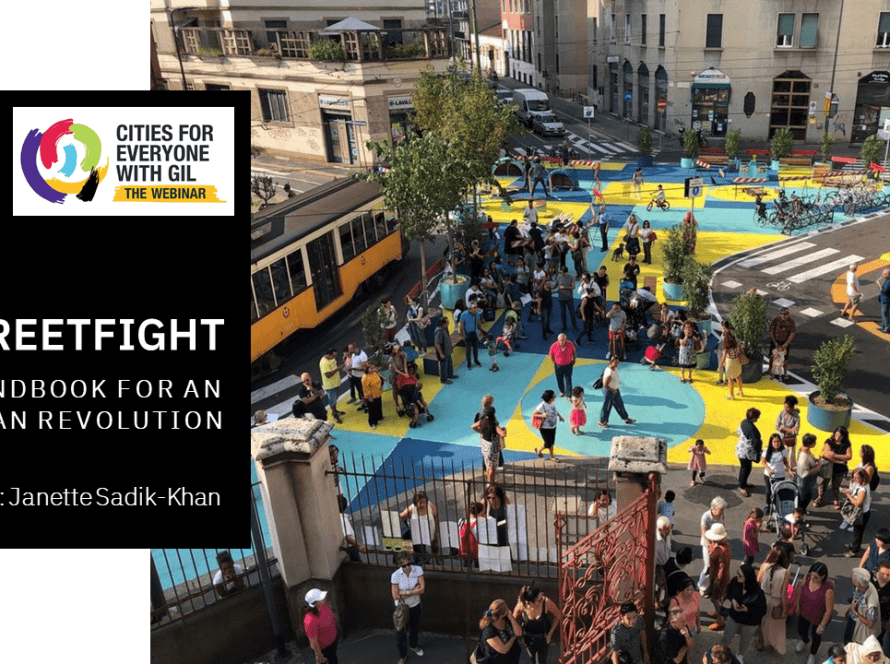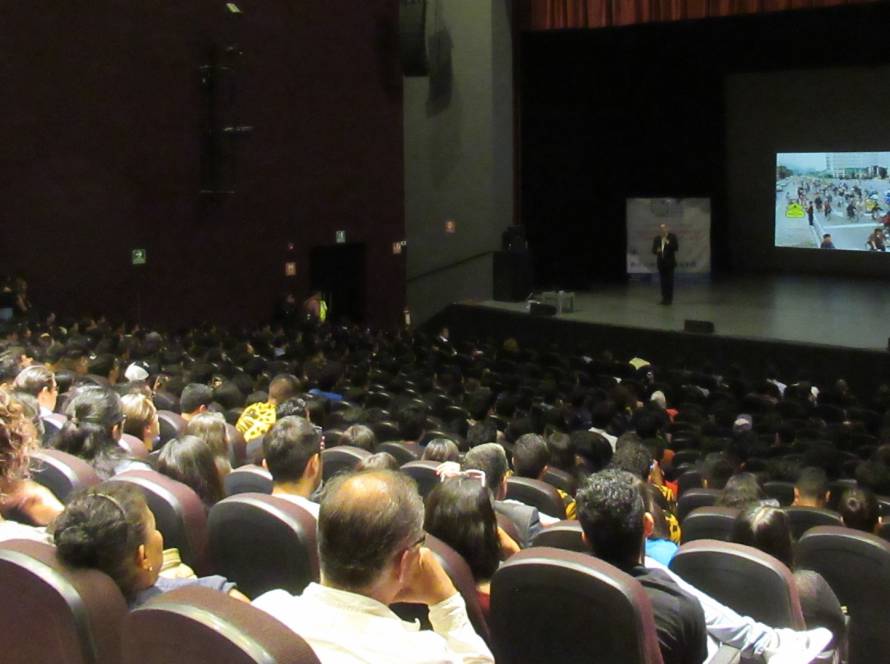Key Takeaways
⇢ Designing for delight—playful “snot-and-drool” moments—makes places memorable and adored.
⇢ Embody kindness in design: small gestures of care ripple into broader social solidarity.
⇢ While individual “first acts” (unpaved road, treehouse, school garden) spark momentum, sustainable placemaking requires collective ownership and iteration.
Summary
a. Low-Cost, Rapid Pilots:
○ Simple interventions, such as movable chairs, hammocks, and pop-up docks, allow for natural interactions between community members and catalyze long-term transformation at minimal cost.
○ A series of chalk-painted obstacle courses on the Halifax waterfront is a simple idea that has reframed interactive public space.
○ Halifax salt yard: when asked how comfortable they felt, what they would like to do, and what they would like to see; the community supported repurposing 42 parking spots into micro-vendor stalls, communal fire-pits, and beloved music venues.
b. Belonging Through Shared Action:
○ Moments like neighbours paving their own street or painting an intersection spark deep connections.
○ School playgrounds and climate-ready yards shaped with kids’ ideas and neuro-divergent voices truly support inclusivity.
○ In crises (natural disasters), well-connected communities feed, shelter, and protect one another long before outside aid arrives.
○ Deliberately reaching those with unique perspectives, such as neuro-divergent kids, marginalized communities, etc., reshapes professional assumptions.
c. Community and Collective Ownership Case Studies:
○ Share-it Square, Portland: Neighbours unite to create a community crossroads with play areas, a free library, benches, and a tea stand. What began as a zoning fight became an annual “village build” across 18 neighbourhoods.
○ Sowing Seeds of Change (Asheville): A young teacher turned a vacant lot under a freeway into an urban farm mixed with sensory gardens and art to impart valuable skills to the workforce, primarily focusing on foster youth who could learn ecological skills and be a part of the community’s pride.
○ Firehouse Farm Crop Swap: A monthly crop swap at a shuttered fire station that evolved into a community hub with orchards, master-gardener training, shared preserves, and artisan exchanges.
○ Bear’s Smokehouse Barbecue: A pre-emptive hurricane relief by individuals who transformed a barbecue joint into a World Central Kitchen, serving 40,000+ meals/day across Asheville.
How can Cities apply these learnings?
a. Activate land for youth projects:
○ Map vulnerable blocks and partner with neighbourhood businesses for “crisis kitchens” or mutual-aid hubs.
○ Lease underutilized parcels to nonprofits for youth-led urban farms/gardens.
b. Convene pop-up workshops in streets or parks. Before drawing plans, ask, “What do you want here?”
c. Tactical urbanism: adopt “Village Build” ordinances for intersection repairs and revitalization.
Interesting resources
a. United Streets of America project. https://www.placemakingus.org/united-streets-of-america.html
b. Splash of Colour Art Trail, Halifax. https://buildns.ca/events/martch-break-splash-of-colour-art-trail/
c. Evergreen Canada. https://www.evergreen.ca/about-us/
d. The Global Placemaking Summit in Toronto (2025). https://www.placemakingx.org/summit25
e. Placemaking Week Europe. https://placemaking-europe.eu/pwe/
Ideas for further reading
a. Evergreen Resource Hub. https://evergreen.ca/resource-hub/
b. Project for Public Spaces Publications. https://www.pps.org/publications



